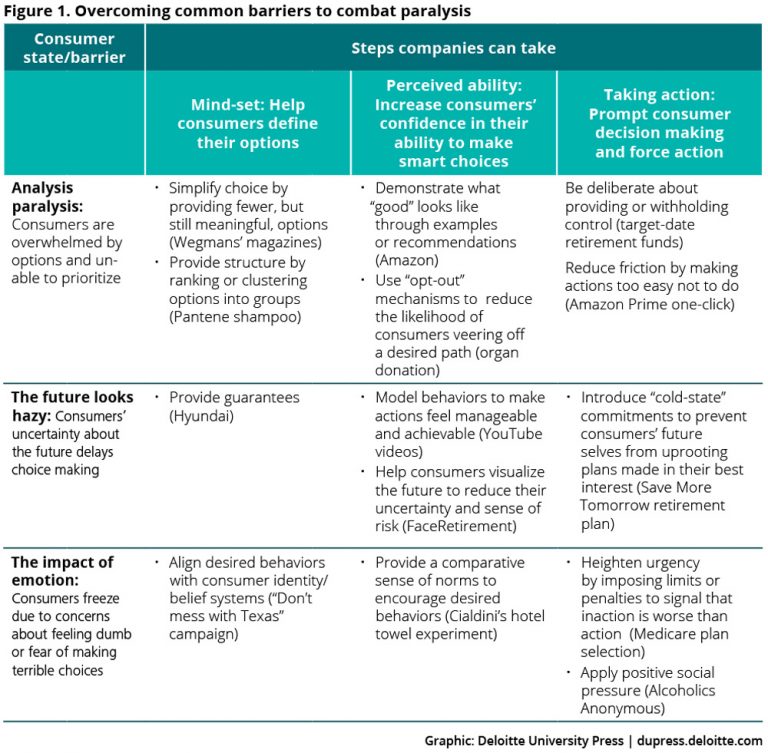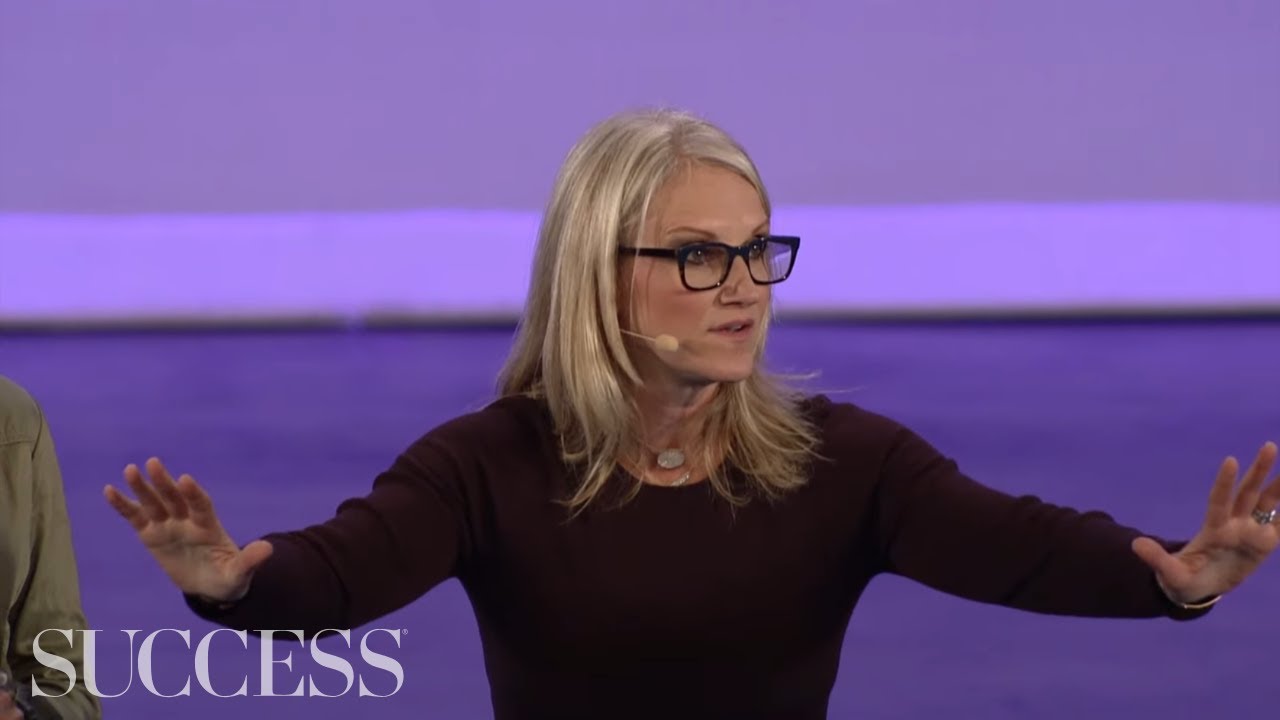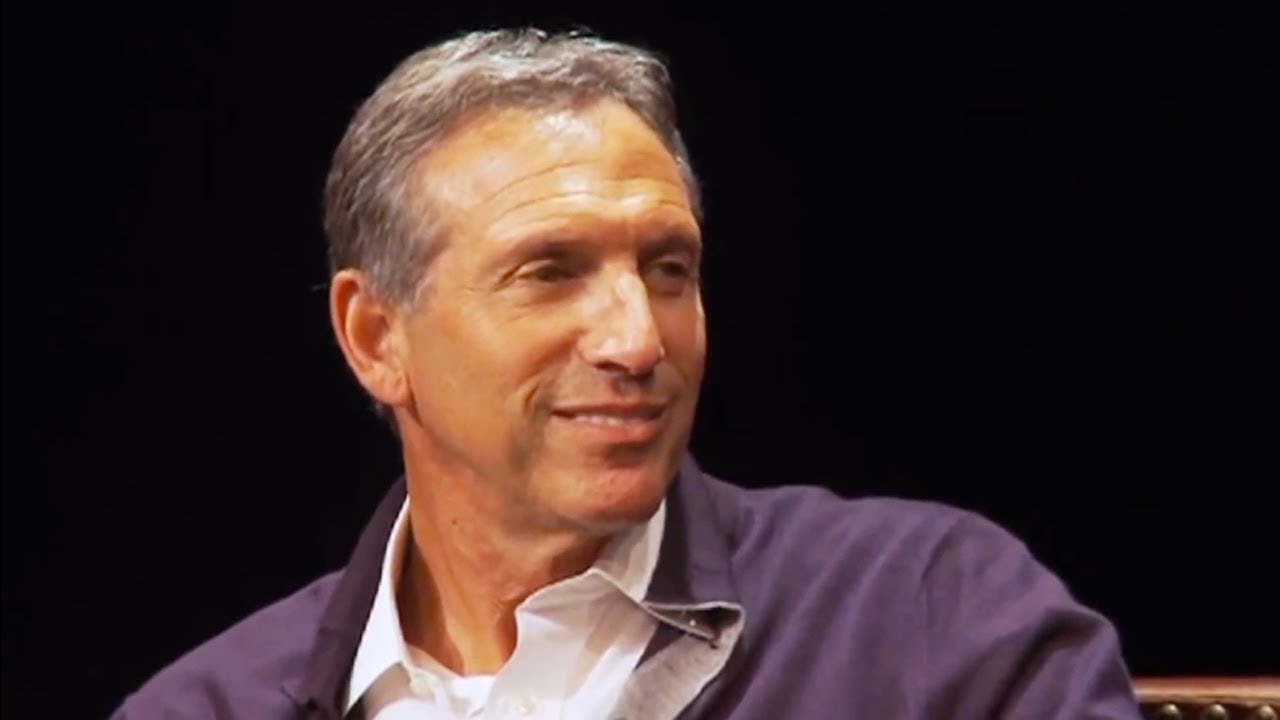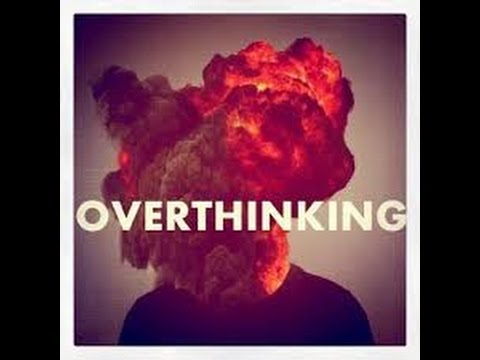All You Need To Know About The 5 Second Rule
Making decisions is always hard and, most of the times, we tend to think and re-think them over and over again. It seems like the famous speaker and influencer Mel Robbins has an easy answer to our problems, in her book “The 5 Second Rule”, that “simply” requires you to make a decision in five seconds. Therefore, when an opportunity arises, you mustn’t think too much about it, just count down from 5 to 1 and decide.
The technique helps you avoid procrastination and get over your fear of making a bad choice. “5-Second Decisions do not allow your brain to be involved and it all comes from your heart combined with your instinct. If you wait longer than 5-seconds, you’ll talk yourself out of making the decision. The 5-Second Rule is a bias towards action instead of overthinking and been taken over by fear. In that 5 seconds, you get the opportunity to be courageous. It’s a small window of courage that you can access for free. After 5 seconds, your days are numbered and your brain will sabotage you,” wrote Tim Denning for medium.com.
Still, as liberating as it might be the rule, one should take some steps before jumping into it:
Get yourself in the habit of being courageous
What does represent more precisely? Make sure you know exactly what you are getting yourself into and start taking small, courageous, everyday actions for the week leading up to the negotiation.
NO is still very powerful and you can use it
“The most difficult part of the negotiation process is knowing when you walk away. Overthinking the decision in haste will lead to accepting an offer that may be below your value and the long-term value of your professional contributions,” wrote entrepreneur.com.
Admit that you are stressed out
According to inc.com, you shouldn’t analyze or dissect it. Just accept that what you’re dealing with is not a fault, defect, or inability in you but a reaction to stress. It’s real, and it’s driving your decisions. That takes a bit of the pressure off and enables your prefrontal cortex to play a role in the next decision.
10 Skills one needs in strategic thinking
- Think critically
“Instead of jumping directly to decisions or solutions for problems, the critical thinking helps you to make decisions through objective evaluation and analysis of problems and ideas. This can be achieved through a thinking methodology that goes through three phases; observing the current situation, ask questions to clearly define the problem, and find solutions based on the answers to the questions. This thinking methodology helps to build a coherent strategic thinking approach by addressing the different aspects of the problem through addressing the situation from different perspectives,” writes Designorate.
2. Being analytical
Always questioning and thinking in-depth helps you create the best strategy for the brand, finding the best insights possible and knowing your target better. Moreover, the people working in strategic planning need to be able to analyze and evaluate a company’s business plan. They have to be skilled in market analysis, feasibility analysis, and more. Only through an analytical eye can strategic planners decide what steps need to be taken by a company.
3. Attention to details & 4. Good observation

These two skills go hand-in-hand. To be able to make a good assessment of the situation and analyse the facts,one needs to be able to pay really good attention to details and,therefore, be a good observer. Knowing what happens on the market with other brands,local and international, but also what the competition you aspire at does,it essential in your brand positioning and finding your perfect niche and communication path.
It’s important to know the big picture but, at the same time, to be able and find what differentiates you and makes your brand unique.
5. Being open to suggestions and discussions
Nobody on this earth is the holder of the forever and perfect truth, all the time. Sometimes, being to close to a certain situation or business can make one be too subjective and not see or not wanting to see some important aspects can be essential to the business’ well-being. One needs a broader understanding of the situation from different perspectives. This involves being open-minded and willing to listen to other opinions, even if they don’t share the same ideas as you. Therefore, the success can be reached by opening the dialog between all the stakeholders to share their ideas about the project during the meetings.
6. Decision making

Being able to make the final decision, especially when it’s a hard one, it’s essential in a brand/business’ life. The right person knows when to draw the line and decide.
7. Flexibility
The people having this skill recognize the opportunity to revise their plans as needed. They have an inner ability to be proactive and anticipate change, rather than being reactive to changes after they occur. They are not afraid to take chances and work over-time,when needed. Instead of being stuck in an idea or strategy that is simply not working or follow the plan as established without looking around, they know how to seize the opportunity.
8. Being a motivational factor for the team
9. Being perceptive
“Great strategic thinkers will listen, hear and understand what is said and will read and observe whatever they can so that they will have very helpful and strategic information to guide them. Strategic thinkers often have those \”Ah Ha\” experiences while on vacation, walking, sitting and relaxing or during many other activities because they see or hear something that resonates and because they are so aware and perceptive,” wrote Robert Bradford for cssp.com.
10. Having vision
One gets nowhere without the power to see ahead,to have a vision for the brand/ the business/ the company.
How to deal with decision-paralysis
As we’ve shown in a previous article, decision-paralysis is a real problem, both for personal and professional decisions, no matter their dimension. Therefore, we’ve considered it’s important to show what measures can be taken in order to diminish its effects and ease the decision-making.
Differentiate between big and small decisions
“If the decision isn’t going to make a big difference a year from now and there are no serious consequences that will come out of it, then it is a small decision. Spend as little time as you need to nail this. Then, let go. If the decision will create major impact after a year and there are serious implications from making the wrong choice (such as marrying someone you don’t love), then it’s a big decision. Set aside time to think over it. Read my guide How to Make Life’s Hardest Decisions,” wrote Celestine Chua of personalexcellence.co.
Spend time in knowing yourself as best as possible
Knowing who you truly are,your real passions and goals will help you take smarter and faster decisions. “Smooth decisions proceed from clear values whether you’re in the supermarket or the trenches of your small business. As Wise Bread’s Jacob McMillen has reminded readers in a recent blog post, <<the best decision makers don’t wait until the moment of decision to choose. Their choices come from a set of a predetermined core values that make the momentary decisions easy and consistent>>,” writes Inc.com.
Identify Your Objective(s) and decide according to it/ them
Set a deadline and stick to it
Having a timeline in mind can be a really good tool to help one stay on the right track and stop wasting valuable time.
Curb your curiosity
“One of the culprits contributing to analysis paralysis are details; specifically, the desire to excavate deeper and deeper every new detail that arrives on scene. To satiate the intellectual curiosity that yearns for more information (and therefore stalls progress), set yourself parameters for what you need to know (now) and what you’d like to know (in the future). If the information you have now answers the call, it’s time to move forward,” writes Forbes.

Assign valence to each alternative
“Consider the advantages and disadvantages of each alternatives. For example, in the case of deciding which restaurant to go, we could have considered the quality of the food, the cost, , how nice the restaurant was in terms of décor, and the distance,”considers www.psychologymatters.asia.
Stop looking for perfect and try ok
Searching for the perfect product or the totally right decision may prove to be exhausting and challenging, creating more problems than resolving it. Something finding the next best thing is good enough when you’ve spent too much time stuck into a problem /situation / decision.
Look into the future
In a TED talk, Harvard psychologist Dan Gilbert talks about a phenomenon he calls the “end of history illusion,” where we imagine that the person we are today is the person we’ll be until we die. But that’s not the case.
“The bottom line is, time is a powerful force. It transforms our preferences. It reshapes our values. It alters our personalities. We seem to appreciate this fact, but only in retrospect. Only when we look backwards do we realize how much change happens in a decade. It’s as if, for most of us, the present is a magic time. It’s a watershed on the timeline. It’s the moment at which we finally become ourselves. Human beings are works in progress that mistakenly think they’re finished. The person you are right now is as transient, as fleeting and as temporary as all the people you’ve ever been. The one constant in our life is change,”explains Gilbert.
Therefore, try to remember that you’re choosing not for the person you are now, but the person you will become in the future. Look at this moment from the future and forget what feels comfortable.
Simplify
If the decision you are trying to make is so complex that you get stuck in analysis paralysis then if possible break your decision down into two or more simpler decision making tasks.
Empower decision-makers
“If you’re a business owner, you can make any decision you want, but not every major decision choice should fall on your plate. If you task someone to do research or manage account communications, you have to empower him or her to make decisions without stopping to get your go-ahead. Otherwise, the process will take twice as long. Throwing someone at a project who doesn’t have the ability to make a decision just wastes everyone’s time,” wrote entrepreneur.com.



